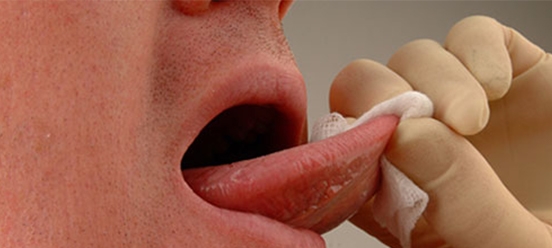It is a
drastic bad feeling to know that you are having tooth decay or cavity. After
diagnosed by the tooth decay, you can be relaxed if you have the option of
incipient caries. Your dentist will tell you the details of a non-invasive
strategy called incipient caries. In today’s times, there are numerous
treatments of the cavity. To overcome the early decay and cavity, some simple
and non-invasive treatments are here for you.

What Is an Incipient Lesion?
Plaque is the one major reason behind every dental
disease. When you do not brush and floss your teeth properly, the plaque
accumulated on your teeth. Due to the plaque and bacteria in the mouth, enamel
demineralization takes place. When enamel decays and you feel white pigments on
your teeth, it is usually called incipient lesion or caries. The area of the
teeth becomes rough because of incipient caries. The enamel becomes chalky and
rough, it is examined by your dentist but you also can realize the roughness
and changed color of the enamel. It is cured by the dentist but sometimes it
can heal itself. If incipient lesion started to heal itself, it will give a
shiny and smooth look of enamel.

Treatment of Incipient Caries
According to the report of the American Association of
Dental Consultants, through remineralization, we can stop tooth decay or
incipient caries. The remineralization technique can reverse the tooth decay
process at its initial stage. Dentist recommends that non-invasion techniques
are very economical and best in the result also. Remineralization can preserve
the structure and natural color of the tooth.
Incipient caries can be treated by the two main methods:
topical fluoride treatment and sealant application. If incipient caries would
be non-cavitated. These two are the best methods of remineralization to repair
the enamel. Non-invasive techniques are best as they are easy, painless and
cost-effective.
Fluoride treatment.
Fluoride is the important mineral to make your teeth
strong. This mineral combines with the calcium phosphate in the enamel.
Fluoride also gives the white color to your teeth. Fluoride also fulfills the
scarcity of minerals and it can halt the tooth decay process. Many toothpastes
contain fluoride and it can fight against decay and cavity. If the toothpaste
is not enough for your teeth then your dentist will recommend you an extra
fluoride treatment. A phosphate fluoride gel or varnishes will apply on your
enamel to heal incipient caries.

Sealants treatment.
Sealant application is necessary to eliminate the
bacteria from your gums and teeth. It is applied to the chewing surface of the
molars. Sealants are also helpful in remineralization and it can prevent cavity
and tooth decay.
Amorphous Calcium Phosphate.
Amorphous calcium phosphate is essential for fluoride. It
helps fluoride in repairing the enamel and it strengthens the abilities.
Amorphous calcium phosphate is also mixed in the fluoride contained toothpaste,
in gums, dental material, and dental cleaning substances.
Cheese.
Cheese is enriched in calcium and phosphorous. So, cheese
and other dairy products which contain calcium and phosphorus are good for
teeth strengthening. Dairy products like cheese, milk, yogurt, and butter
re-mineralize the enamel. All these products prevent the tooth from decaying
and cavity. If you chew the cheese, it will eliminate all the bacteria from the
gums and teeth. Chewing of cheese can make your teeth shiny and stronger.
Saliva.
Saliva is a very important factor to eliminate the
bacteria from the mouth. Saliva also contains the fluoride, calcium, and
phosphorus. These three minerals are essential to repair the enamel, to wash
away the bacteria, and to prevent the tooth decay. Saliva is also helpful in
chewing the food and chewing can also make your teeth strong and bacteria free.
